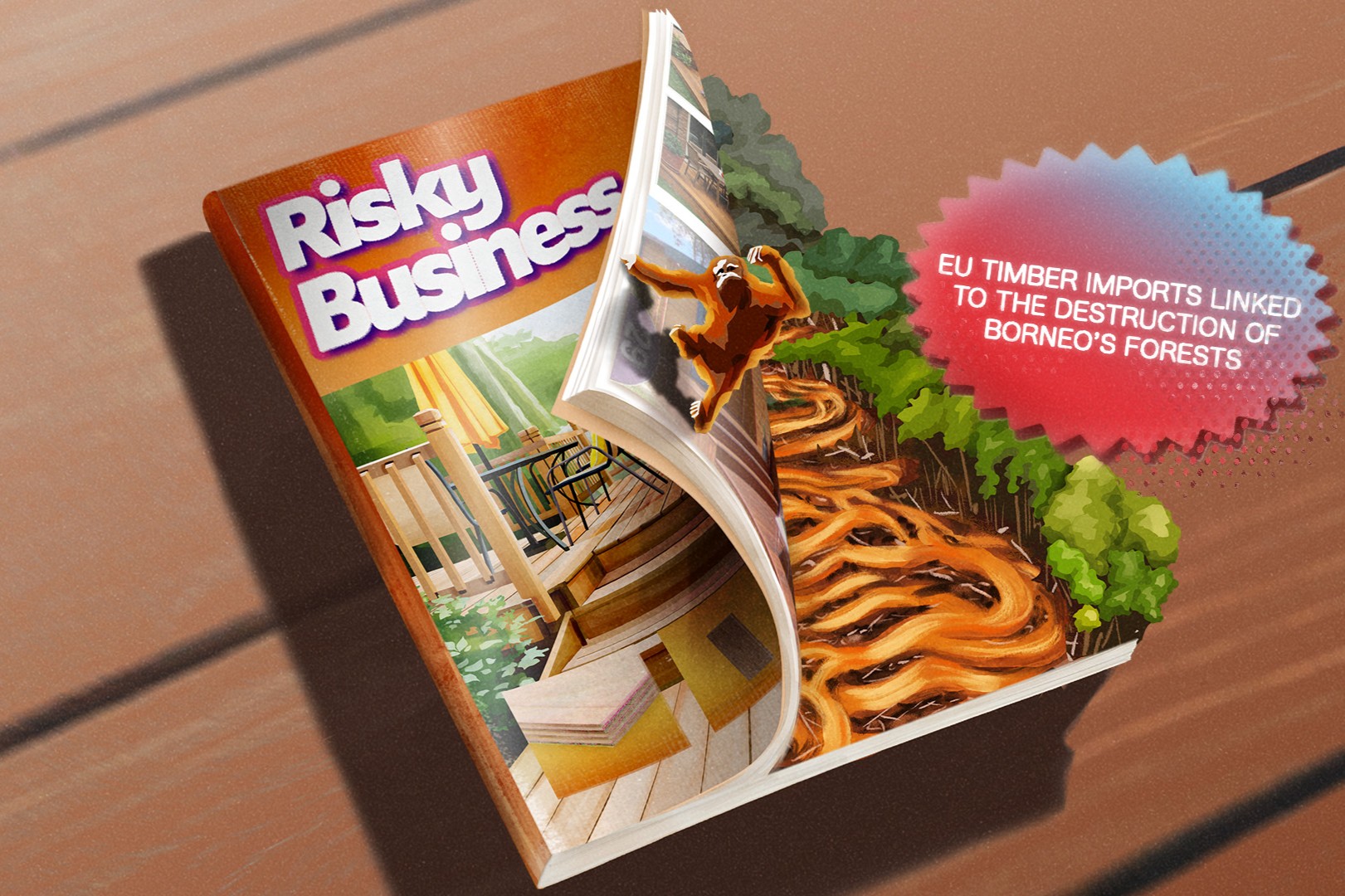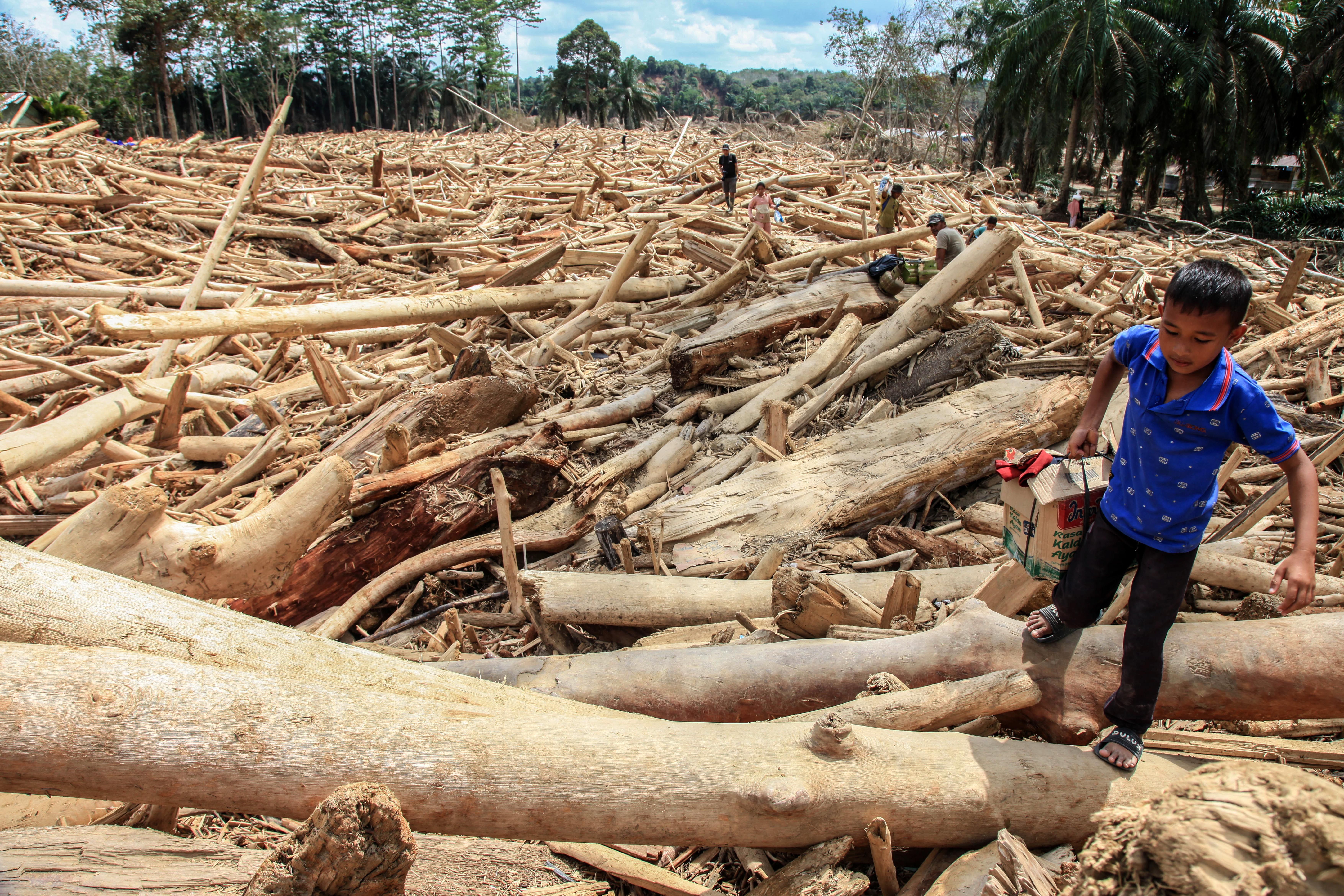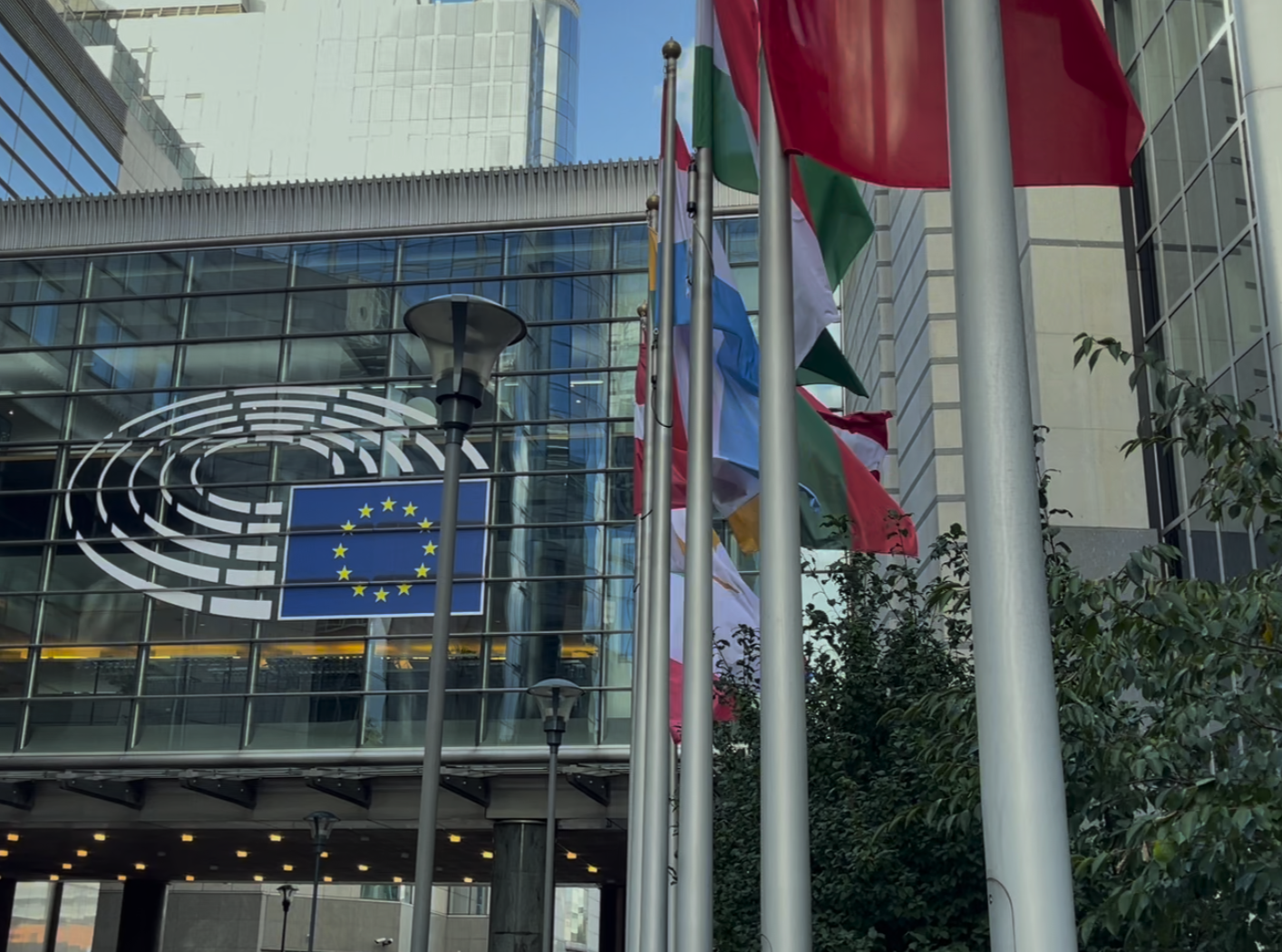The world’s largest tropical peatland has recently
been discovered in
the swamp forests of the Congo Basin. This unique ecosystem, which covers an
area larger than England, is reckoned to be one of the most carbon-rich
ecosystems on Earth, holding more carbon than all of the rainforest trees of the
entire Congo Basin. It is also home to large populations of endangered gorillas
and elephants.
The academics who mapped the peatland for the first time
have stated that its maintenance and protection could be “Central
Africa’s greatest contribution to the global climate change problem”. The
same academics note that while the area remains relatively undisturbed, it
could soon face the threat of drainage for agricultural plantations.
In fact the area already faces just such a threat. By far
the largest current risk to this uniquely valuable ecosystem is a giant
concession issued to Malaysian firm Atama Plantation for the development of
palm oil. This company has been repeatedly found to be operating illegally.
Atama’s Cuvette oil palm plantation land overlaid on the
newly mapped ‘world’s largest peatland’.
In 2010, Atama was issued a license for a total of 470,000
hectares (ha) of land in the Cuvette and Sangha provinces of Republic of Congo. Most
of the license area is covered in dense forest, the majority of it virgin
‘intact forest landscape’ and home to large populations of endangered animals,
including some of the highest
concentrations of gorillas in the world.
The largest of the two sections of land allocated to Atama
is in Cuvette, officially covering an area of just over 400,000ha, but
mapped by Earthsight as encompassing more than half a million hectares: an area
three times the size of Greater London. The boundaries of this area enclose a
large swathe of the newly discovered peatland.
In 2012, the Congolese authorities and its officially mandated ‘independent observer’ of forest law enforcement published evidence of serious illegalities relating to the project.
Hundreds of trees had been cut but not recorded in official felling reports, records had been illegally altered, and the company had cleared forest for more than two kilometres outside the boundaries of its existing deforestation permit.
The independent
monitor could also find no evidence of any Environmental Impact Assessment
having been completed and approved in advance of activities, as required by
law. It recommended that operations should be suspended and the company
prosecuted.
Neither happened. Satellite images analysed by Earthsight
clearly show that Atama has continued to clear forest and cut timber ever
since. In 2014 and
again in 2016, the independent observer investigated and found fresh evidence
of serious illegality by the company. The most recent investigation, published
just this month, found the company cutting trees within an area of the
concession on which the deforestation permit had expired, and failing to pay
taxes.
Potentially even more serious is the opaque history of the ownership of the company, which involves multiple shells in such secrecy jurisdictions as Mauritius and the British Virgin Islands, shielding the identities of the original ultimate beneficial owners.
These
owners profited to the tune of millions when a majority share of the firm was
sold to stock-exchange listed Wah Seong, a Malaysian firm with no prior
experience of plantation development. Wah Seong have since diluted their share
to 49% and are now reported to be trying to sell
their remaining stake.
To date, all of Atama’s illegal logging and bulldozing has been concentrated in a separate concession area further north in Sangha province, not on peatland. Satellite images confirm that their 5,000 square kilometre ‘time-bomb’ in Cuvette remains untouched, for now. But the contract has never been cancelled.
Even if the land does prove un-plantable, it is possible that Atama may still seek to cut the most valuable timber. It might also seek to profit from its rights to the land, by charging international donors a carbon fee for refraining from clearing it.
The concession was included in the ‘baseline’ for the country under the international Reducing Emissions from Deforestation and Degradation (REDD) initiative which envisages such payments.
If any such payments are ever made, they would be massively perverse,
since they would most likely be used by Atama to bankroll expansion of its
forest clearance elsewhere.
Based on the figures for the peatland as a whole, Earthsight
estimates that at least four billion tonnes of CO2 would be released if
Atama’s ‘time-bomb’ was cleared and drained for palm oil, leading the peat to
rot or burn. That is twice as much as all of America’s cars and trucks combined
produce in a year.



